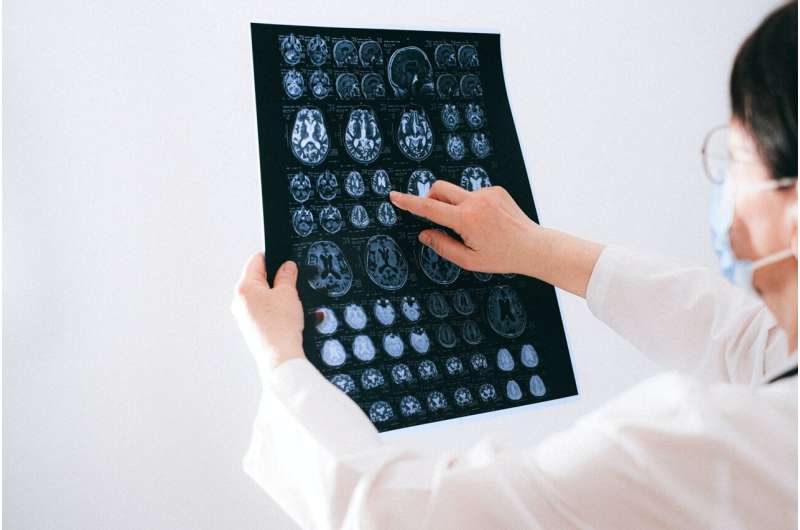Innovative Brain Injury Assessment Framework Promises Better Diagnosis and Treatment

A new comprehensive assessment framework for traumatic brain injuries promises more accurate diagnoses and personalized treatment, potentially transforming patient care.
A revolutionary approach to diagnosing and managing traumatic brain injuries (TBI) is on the horizon, marking a significant shift after more than 50 years. Led by a coalition of experts and patient advocates from 14 countries and sponsored by the National Institutes of Health, the new framework aims to provide more precise evaluation methods, which could lead to improved patient outcomes.
Traditionally, clinicians have relied on the Glasgow Coma Scale (GCS) for over five decades to categorize TBI severity into mild, moderate, or severe. However, this classification is often inadequate because it primarily assesses consciousness levels and a few clinical signs, ignoring other critical factors. As a result, some patients with severe injuries might not receive necessary aggressive care, while others with mild symptoms may be underestimated.
The updated framework, known as CBI-M (Comprehensive Brain Injury Model), introduces a multi-dimensional approach comprising four key components: clinical assessments, biomarkers, neuroimaging techniques, and injury modifiers. This comprehensive system is designed to create a more accurate picture of the injury's nature and severity.
Developed by expert working groups including over 100 professionals, patients, and researchers, the CBI-M framework incorporates blood-based biomarkers that serve as objective indicators of tissue damage. This allows clinicians to determine which patients can safely avoid unnecessary scans, thus reducing exposure to radiation and lowering healthcare costs. For patients with more serious injuries, imaging modalities like CT and MRI provide vital insights into bleeding, blood clots, and lesions, informing both immediate treatment and future care plans.
Currently, the framework is undergoing phased implementation at trauma centers for trial validation before full adoption. This advancement is expected to refine diagnostics, support personalized treatment strategies, and improve long-term outcomes for individuals affected by TBI.
For further details, see the full study published in the May 20 issue of Lancet Neurology. Source: https://medicalxpress.com/news/2025-05-traumatic-brain-injury-tool-aid.html
Stay Updated with Mia's Feed
Get the latest health & wellness insights delivered straight to your inbox.
Related Articles
Research Links Maternal Stress During Pregnancy to Childhood Eczema in Mice
A groundbreaking study using mice reveals how maternal stress during pregnancy can lead to childhood eczema through immune system alterations, highlighting the importance of stress management in expectant mothers.
Extended Walking Duration Associated with Reduced Risk of Chronic Low Back Pain
Extending daily walking duration beyond 100 minutes may significantly lower the risk of developing chronic low back pain, according to recent research. Incorporate more walking into your routine for better spine health.
The Significance of Metabolic Health in Pregnant Women Over Weight Gain
Emerging research points to metabolic health as a crucial factor in pregnancy outcomes, surpassing the impact of weight gain alone. Early metabolic interventions can improve maternal and fetal health by targeting glucose and lipid regulation.
S100A1 as a New Biomarker for Assessing Frailty in Elderly Patients with Heart Disease
New research identifies the gene S100A1 as a potential biomarker for frailty in older patients with heart disease, paving the way for improved diagnosis and targeted therapies to maintain muscle health and mobility.



